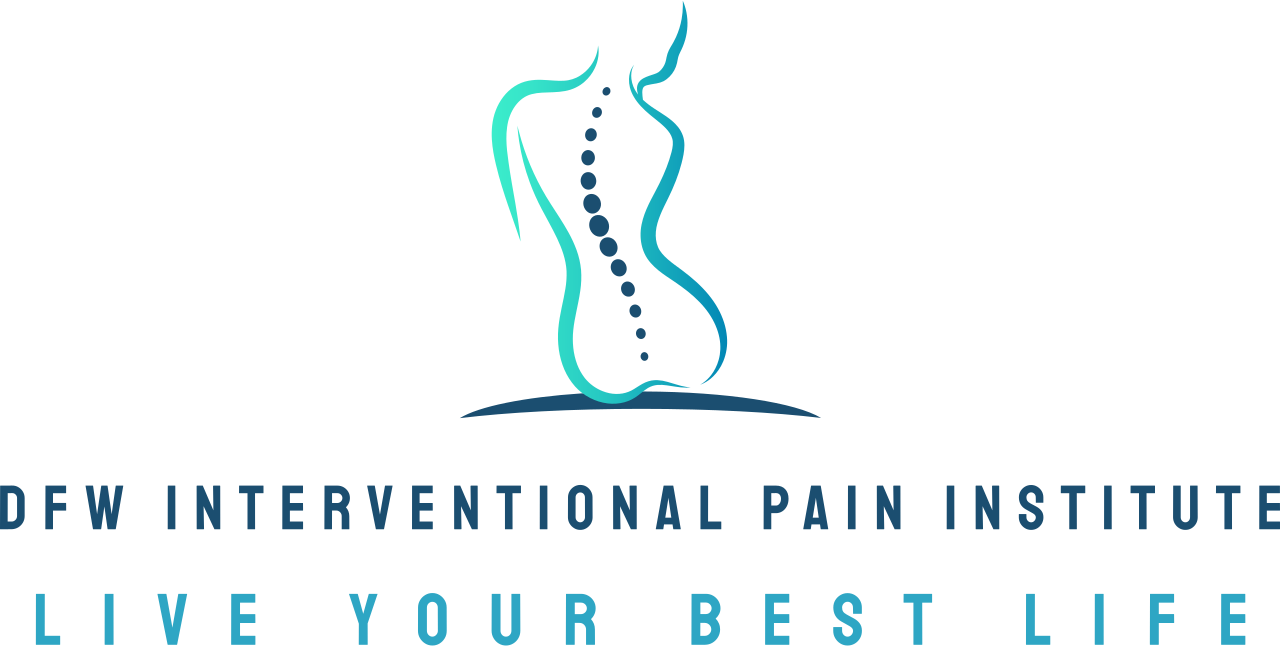What to do if you’re experiencing chronic migraines
Chronic migraines can take a significant toll on your daily life. From the unbearable pain to sensitivities that force you to retreat into dark, quiet spaces, migraines are more than just severe headaches—they’re a debilitating condition. For those grappling with migraines relentlessly, finding effective relief is crucial.
But where should you start? This guide dives into the symptoms and triggers of chronic migraines, explores treatment options—including innovative solutions like Botox—and highlights when it’s time to seek help from a specialist like Dr. Edrick Lopez at DFW Interventional Pain Institute.
Understanding chronic migraines
First, what exactly qualifies as a chronic migraine? Chronic migraines are defined as headaches that occur at least 15 days a month, with migraine-specific symptoms appearing at least 8 of those days. These symptoms can be severe and vary from person to person, but common experiences include:
Intense throbbing pain, often on one side of the head
Sensitivity to light and sound, making everyday environments overwhelming
Nausea or vomiting
Visual disturbances, like flashing lights or blind spots
Triggers of chronic migraines
Identifying triggers is an essential first step in managing migraines. Common triggers include:
Stress or anxiety
Hormonal changes (commonly linked to menstruation)
Sleep irregularities
Certain foods or drinks, such as caffeine, alcohol, or foods with preservatives
Weather changes, particularly shifts in barometric pressure
Recognizing your individual triggers can help you create a proactive approach to minimizing their impact.
Medications for migraine relief
For many, medications are the go-to solution for easing migraine symptoms.
Over-the-counter options
Mild-to-moderate migraines can sometimes be managed with over-the-counter (OTC) medications, such as:
Ibuprofen (Advil)
Aspirin
Acetaminophen (Tylenol)
However, OTC remedies are often insufficient for chronic migraines or more severe symptoms.
Prescription medications
For those with frequent migraines, prescription medications can provide additional relief. Two common categories include:
Triptans (e.g., sumatriptan), which target serotonin receptors to alleviate migraines quickly.
Ergotamines, which are particularly effective for migraines that last longer than 24 hours.
It’s vital to consult with a healthcare provider about these options to find the medication that aligns with your symptoms and overall health.
Exploring alternative treatments
Medications aren’t the only way to tackle chronic migraines. Alternative and complementary therapies can also play a key role.
Relaxation techniques
Practices that promote relaxation are often beneficial in preventing migraines. These include:
Yoga offers gentle stretches and mindfulness to reduce stress.
Meditation trains your mind to manage stress and maintain calmness even in high-pressure situations.
Deep breathing exercises, which can be particularly useful for coping during a migraine’s onset.
Acupuncture
For some patients, acupuncture has shown promise in reducing migraine severity and frequency. By stimulating pressure points, this ancient practice may restore balance and relieve tension.
Botox injections for migraines
You’ve likely heard of Botox for cosmetic purposes—but did you know this innovative treatment is FDA-approved for chronic migraines?
How it works
Botox works by blocking the release of chemicals involved in pain transmission, preventing migraines before they even begin. It also paralyzes overactive muscles in the head and neck that contribute to migraines, offering relief.
Benefits of Botox for migraines
Long-term relief: A single treatment lasts up to three months, far outlasting most medications.
Reduces reliance on medication: With fewer migraines, many patients need less acute pain relief.
Improved quality of life: By decreasing frequency and severity, Botox leads to better sleep, increased functionality, and less time spent suffering from migraines.
What to expect during treatment
The Botox process is straightforward. Here at DFW Interventional Pain Institute, Dr. Lopez will administer a series of small injections around specific areas of your head and neck. This painless procedure usually takes about 15 minutes, and patients typically notice improvements within 10–14 days.
While Botox isn’t a cure-all, most patients report a significant decrease in both the frequency and intensity of their migraines. Regular treatments are recommended every three months to maintain results.
Lifestyle adjustments to manage migraines
For lasting migraine relief, lifestyle changes can provide a much-needed layer of support. Here are some tips to integrate into your routine:
Create a sleep schedule: Aim for 7-8 hours of sleep each night and maintain consistent sleep and wake times—even on weekends.
Stay hydrated: Dehydration is a common migraine trigger. Carry a water bottle with you throughout the day.
Limit trigger foods: If you’ve identified dietary triggers, avoid them as much as possible. Keeping a food journal may help you spot patterns.
Exercise regularly: Moderate exercise like walking or swimming can reduce stress and improve overall well-being.
Practice stress management: This can include therapy, mindfulness or setting aside “me time” to unwind.
When to seek professional help
If migraines are interfering with your quality of life despite trying OTC treatments, relaxation techniques or other approaches, it’s time to consult a specialist. Chronic migraines often require a comprehensive treatment plan, and pain management physicians are uniquely qualified to provide this.
Dr. Edrick Lopez here at DFW Interventional Pain Institute brings extensive experience and a patient-focused approach to migraine relief. With options like Botox and other advanced therapies, his goal is to tailor a plan that works specifically for your condition and lifestyle.
Take control of your migraines today with help from DFW Interventional Pain Institute
Chronic migraines don’t have to control your life. From medications to lifestyle changes to innovative solutions like Botox, there are options to help you reclaim your days from pain.
If you’re ready to take the next step, schedule an appointment with us at DFW Interventional Pain Institute. With expertise and a personalized philosophy of care, he’s here to help you find relief and restore quality to your life.

